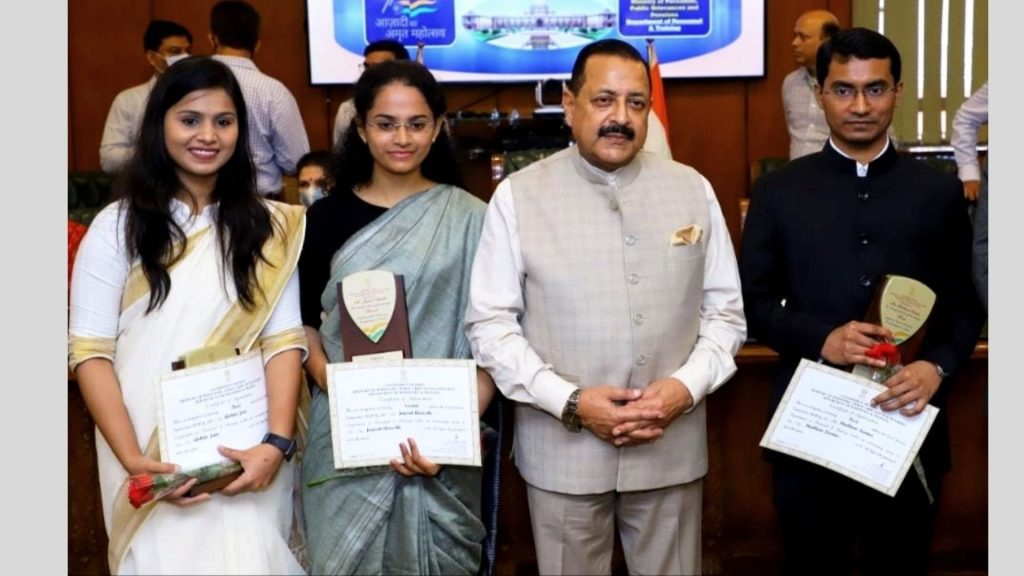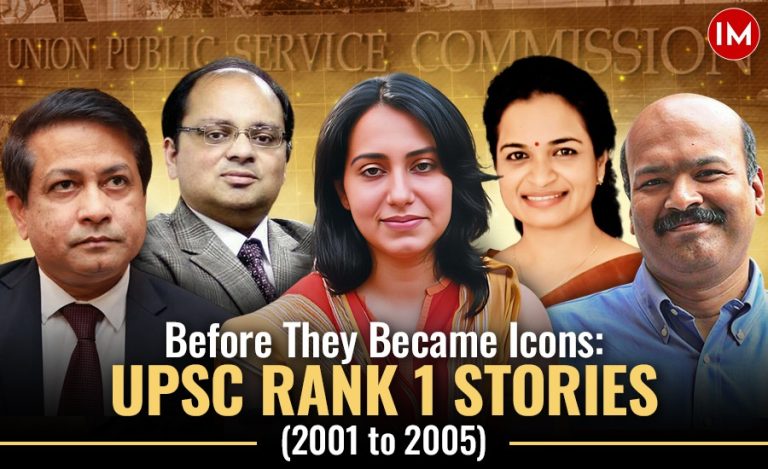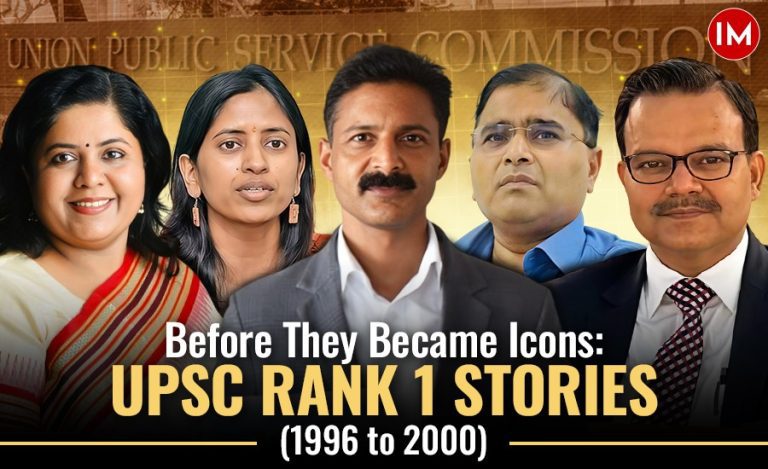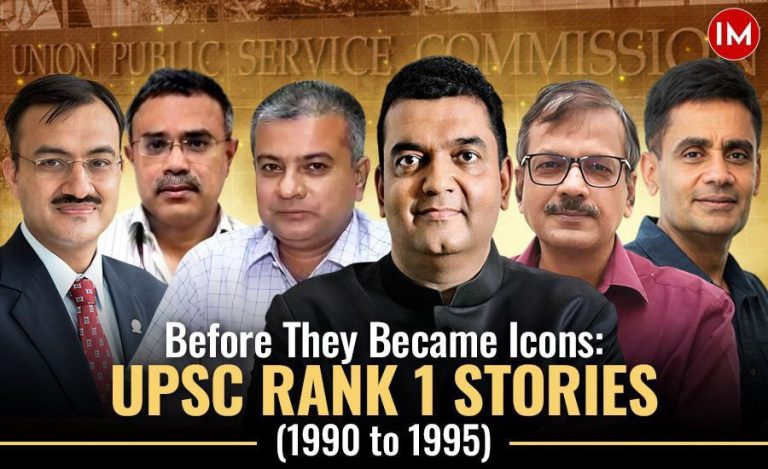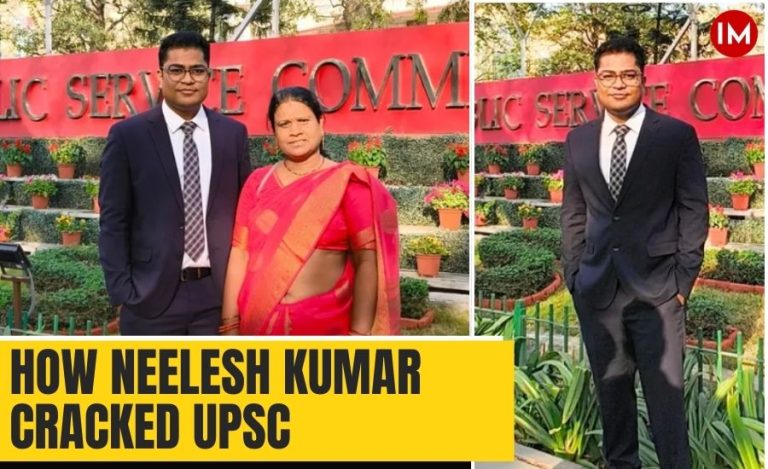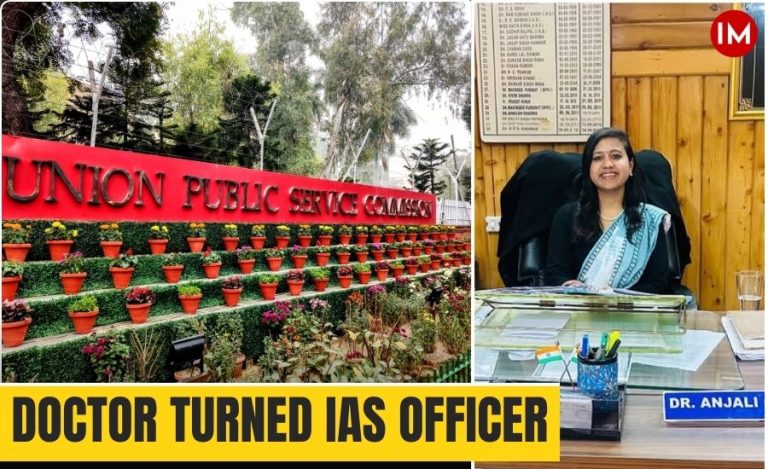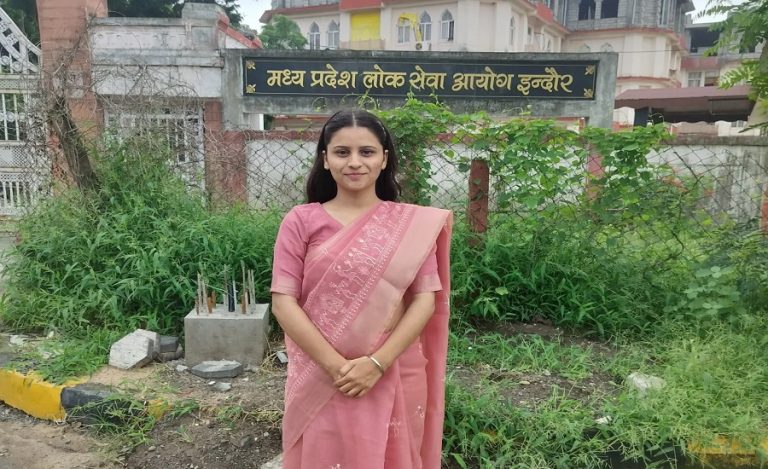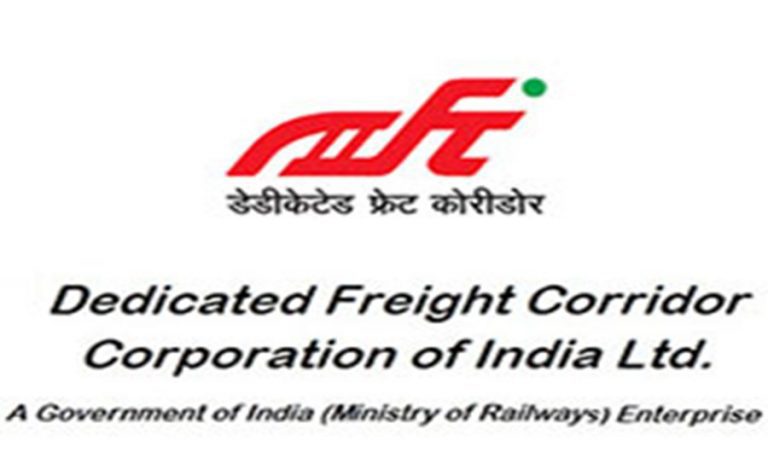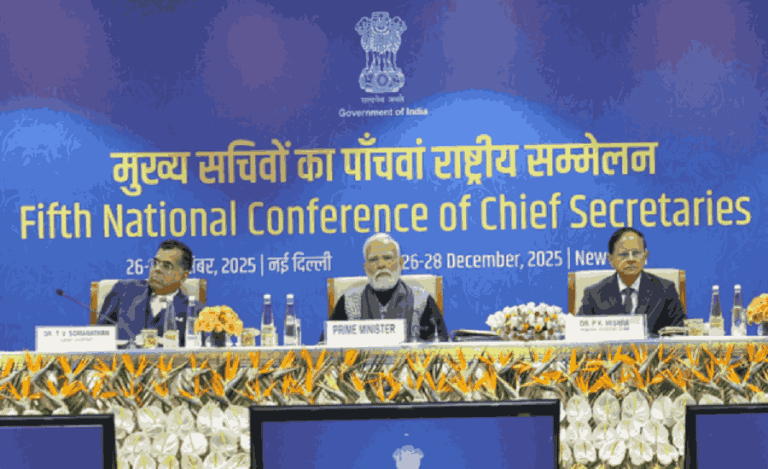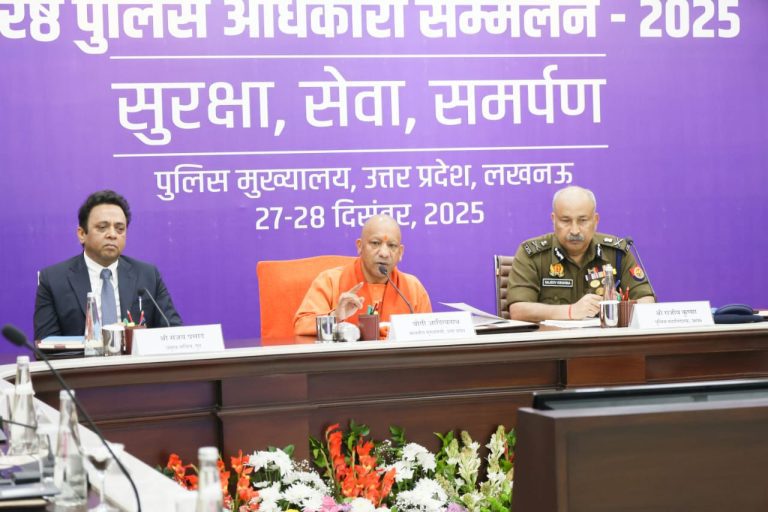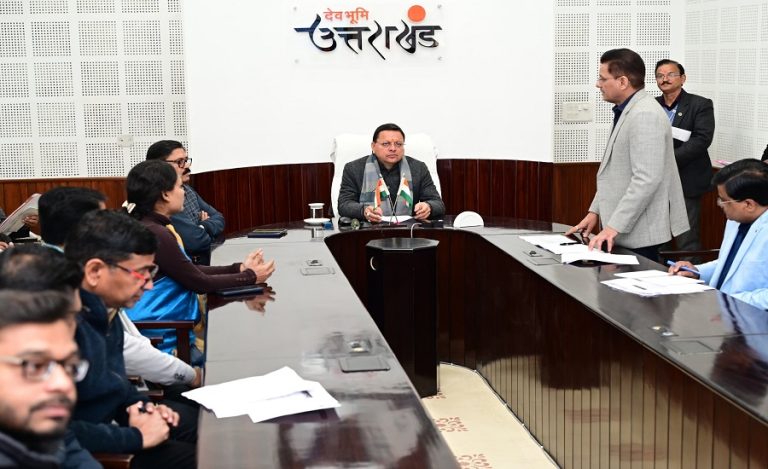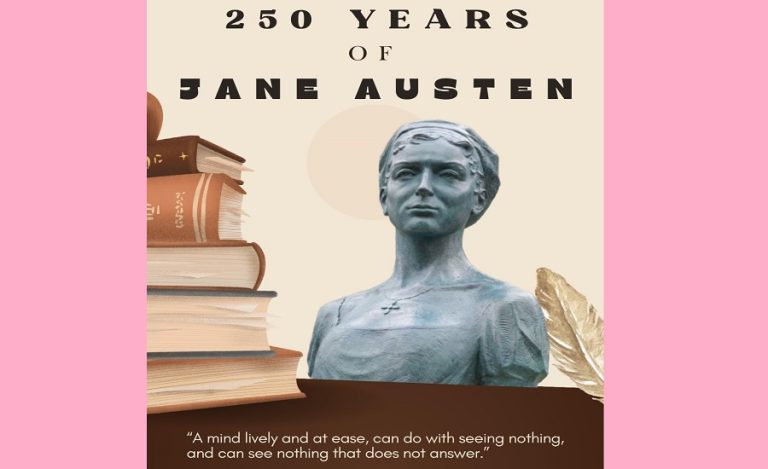Feminism has hit the civil services in India. It is neither the bra-burning variety of the West nor is it akin to the pseudo-rhetoric indulged in by the women social groups. Women are to the fore in every sphere of the civil services, often outsmarting their male counterparts. This year they constitute nearly one-third of all selected candidates. More importantly, of the top 10 candidates in the UPSC 2020, five are women.
One might be aware that the first Indian to get into the civil services was Mr Satyendranath Tagore – brother of Gurudev Rabindranath Thakur, but few would know the name of the first Indian woman to join this prestigious service. It actually took five years for a woman to break the glass ceiling and get into the Indian Administrative Service (IAS). Her name was Ms Anna Rajam and she was married to Mr RN Malhotra, who later served as Governor of Reserve Bank of India from 1985 to 1990.
FIRST WOMAN IAS OFFICER
A member of the 1951-batch of then Madras cadre of the IAS, Ms Malhotra joined under then Madras Chief Minister C Rajagopalachari. It was then unthinkable for women to join civil services, so much so that the interview board tried to convince Ms Rajam to join the Indian Foreign Service (IFS) but she insisted on joining the IAS only.

Though Ms. Rajam Malhotra passed away in September 2018, the path she treaded, is being traversed by more and more women. Feminism within the services is so strong that women are now standing shoulder to shoulder with their male counterparts in every sphere and are achieving greater heights with every passing batch.
HIGHEST NUMBER OF WOMEN IAS
A close look at the UPSC 2019 result reveals that of the 829 candidates selected that year, 197 were females. The 2019 batch not only consisted of more than 23 per cent of women bureaucrats but also produced the highest number of women IAS officers in a single batch – 58, an unbroken record to date.
The video is an endeavour towards encapsulating the fact that the IAS batch of 2019 has the highest ever number of lady officers. The video celebrates this collective achievement.https://t.co/KexOZePdrN
— LBSNAA (@LBSNAA_Official) May 8, 2020
POSITIVE TREND
There has been an upward trend in the overall percentage of women getting selected in the UPSC exam during past one decade. In 2013, 261 female candidates got selected out of a total of 1228 candidates. The overall percentage recorded was 21.25 percent.

Similarly, 22.96 percent women got selected in 2014 which was way higher than the previous year. The graph again rose to 23.33 percent in 2016 and 24.05 percent in 2017.
ALMOST ONE-THIRD WOMEN THIS YEAR
The trend continues as it reached an all-time high record of 28.38 percent in UPSC 2020 whose results were declared only last month. For the first time ever, close to one-third of the total candidates were females. Out of 761 candidates who cleared the CSE 2020 examination, 216 females managed to make to the final list.
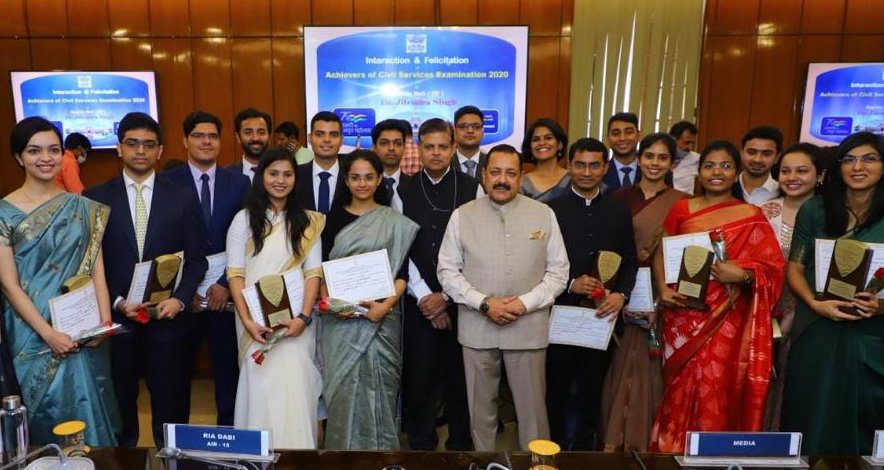
With these figures, women are setting new records year after year and are changing the way people used to consider such services as male-dominated.
WOMEN TOPPERS
Every year both male and female candidates fiercely compete to ace the UPSC which is one of the toughest competitive exams in the country.
Women officers like Ira Singhal and Tina Dabi, who were the All-India Topper from 2014 and 2015 batches respectively, and several others who make it to the toppers list every year are proving that women are no less capable than men in any sphere including the civil services.
This year also Jagriti Awasthi scored second position and Ankita Jain got AIR 3. Of top 10 positions in UPSC 2020, an astounding five i.e. 50 percent are held by women with Mamata Yadav bagging fifth, K Mira sixth and Apala Mishra standing at ninth position.
May the tribe keep growing…

